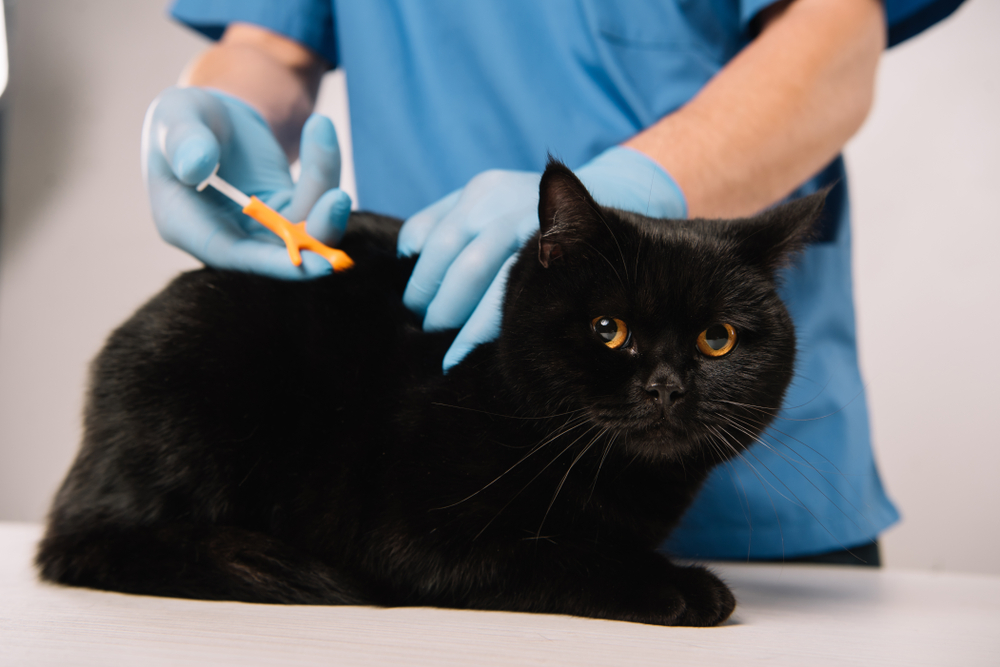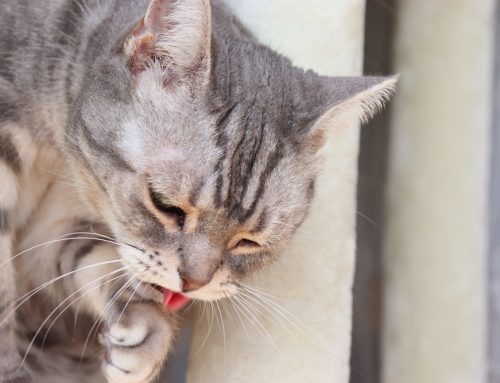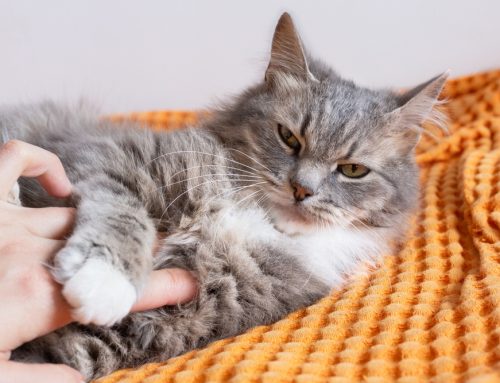With technological advancements, we can provide an even higher quality of care to our beloved pets. Medical and scientific breakthroughs aid in pets living longer and healthier lives, while technology ensures pet owners and pets find each other when lost. Microchip technology is a benefit for pet and owner relationships, allowing heartfelt reunions around the globe.
What is a microchip?
A microchip is a wonderful tool to aid in the safe return of lost pets. No bigger than a grain of rice, a microchip is a small, electronic chip enclosed in a glass cylinder. While it doesn’t have GPS tracking capabilities, it emits an identification number when scanned to help match pets with owners. Some microchips can also transmit information about the pet’s body temperature, but pet owners are still waiting on the elusive GPS microchip technology.
How does my pet get a microchip?
A microchip should only be administered by a trained veterinary professional. Without proper insertion techniques, accidents can happen, harming the pet. Ensure your pet’s microchip is inserted correctly by scheduling an appointment with us. Your pet’s microchip appointment can be combined with a regular wellness visit, or we can microchip your pet during the spay or neuter surgery or another anesthetic procedure. A microchip is administered similar to a vaccine. A hypodermic needle is used to inject the microchip under the skin between the shoulder blades. While the needle is slightly larger than a standard vaccine needle, most pets don’t object, especially when tasty treats offer distraction.
How does a microchip work to find my pet?
For a lost pet to be reunited with her owner, the pet must first be taken to an animal shelter or veterinary clinic with a microchip scanner. The animal care professional then scans the pet to pick up the microchip signal, often scanning the entire pet to ensure the chip didn’t migrate out of the shoulder blade region. After taking down the microchip number, it is entered into a universal microchip lookup tool to find the chip’s manufacturing company. Ideally, the microchip company will have current contact information for the pet owner that the chip is registered to, but, all too often, the contact information is outdated. Remember: Add your pet’s microchip company to your list of organizations that need updated information when you move or change your phone number.
Is a microchip the best form of identification for my pet?

While microchips are a great form of permanent identification for pets, they’re not foolproof. Keep in mind that a microchip does not replace a collar with identification and rabies tags. ID tags help anyone who picks up your lost pet contact you, without the added step of scanning for a microchip. On the other hand, rabies and ID tags can fade and become illegible, or collars can fall off or be removed. Double up on identification methods with microchip registration and clear ID tags. When your pet is afraid and alone, you want multiple ways to find her.
Lost pets by the numbers
While more pets go missing around the Fourth of July than any other time of year, our furry companions have plenty of opportunities to escape and wind up lost. Family gatherings, parties, even bringing the groceries in the front door provide a chance for escape. Cats are especially skilled at slipping out of small openings unnoticed. But, according to a study published in the Journal of the American Veterinary Medicine Association, less than 2% of lost cats entering shelters are reunited with their families. With the benefit of a microchip, that number skyrockets—38% of cats who are microchipped find their homes again.
Dogs entering the shelter without microchips had only a 22% chance of being found by their families, while dogs with microchips had a much better success rate of 52%.
Sadly, many pets’ microchip registration is incorrect, outdated, or has never been registered to the owner. Ensure your pet’s microchip is registered and up-to-date—stop by our office so we can scan your pet’s microchip. New pet in your home? Give us a call to help deliver the safety of a microchip for your new furry friend.








Leave A Comment